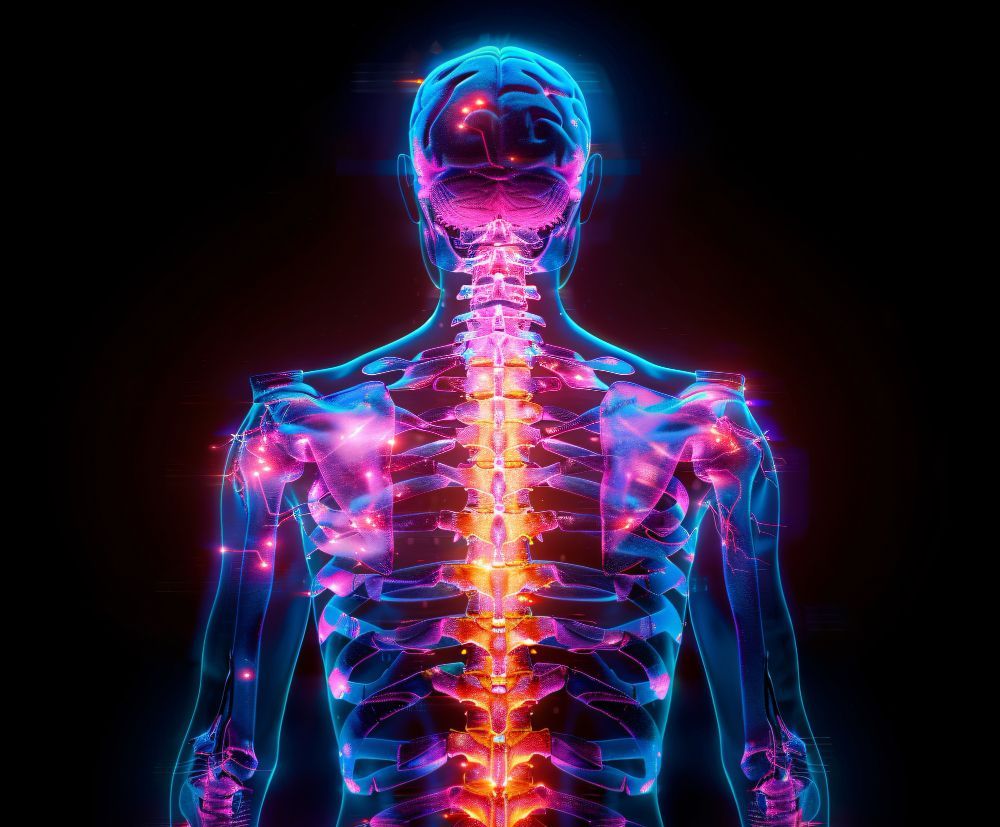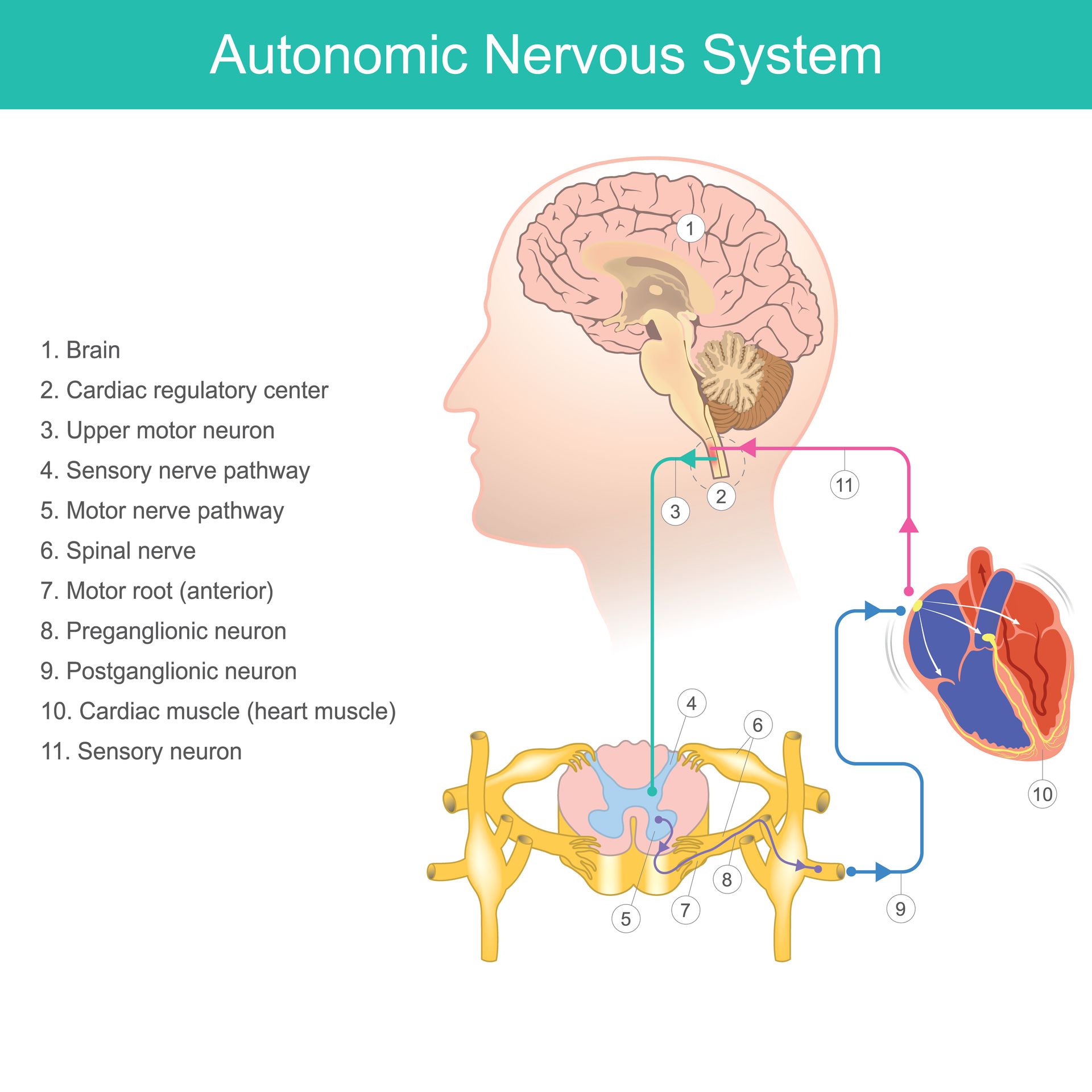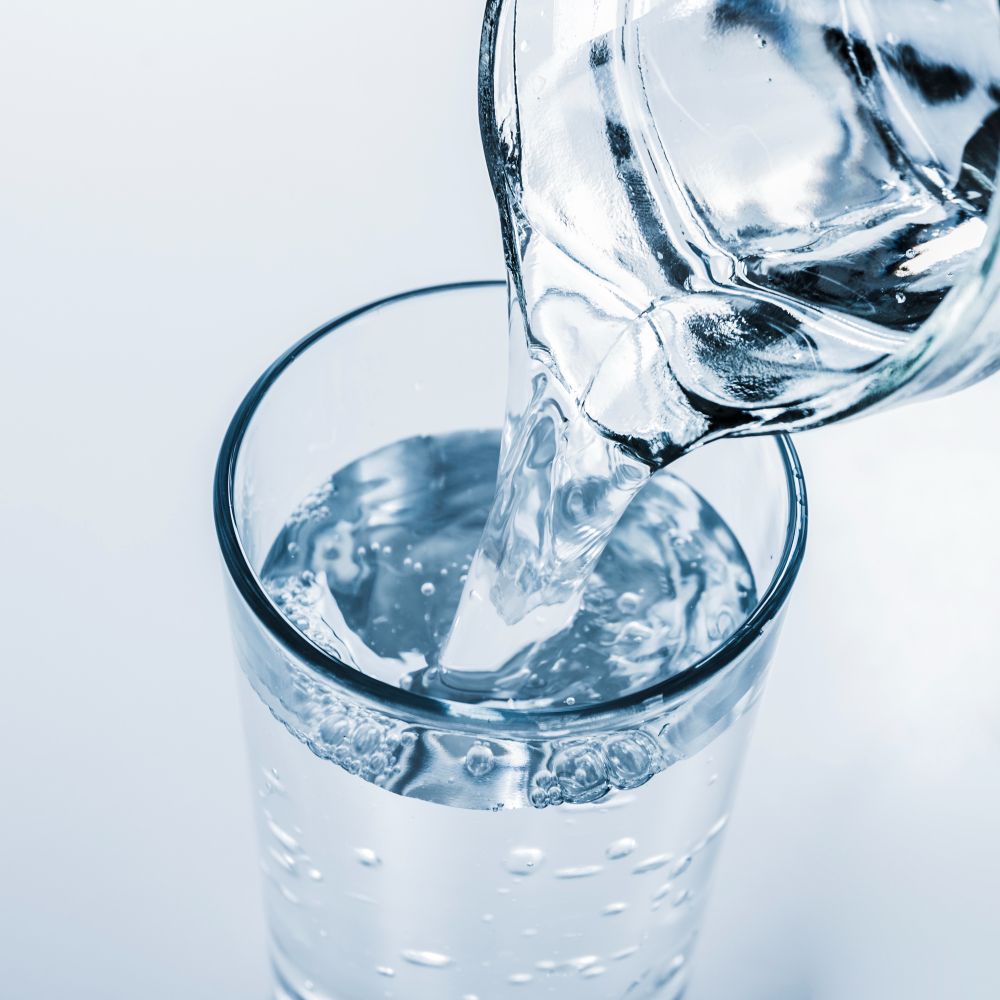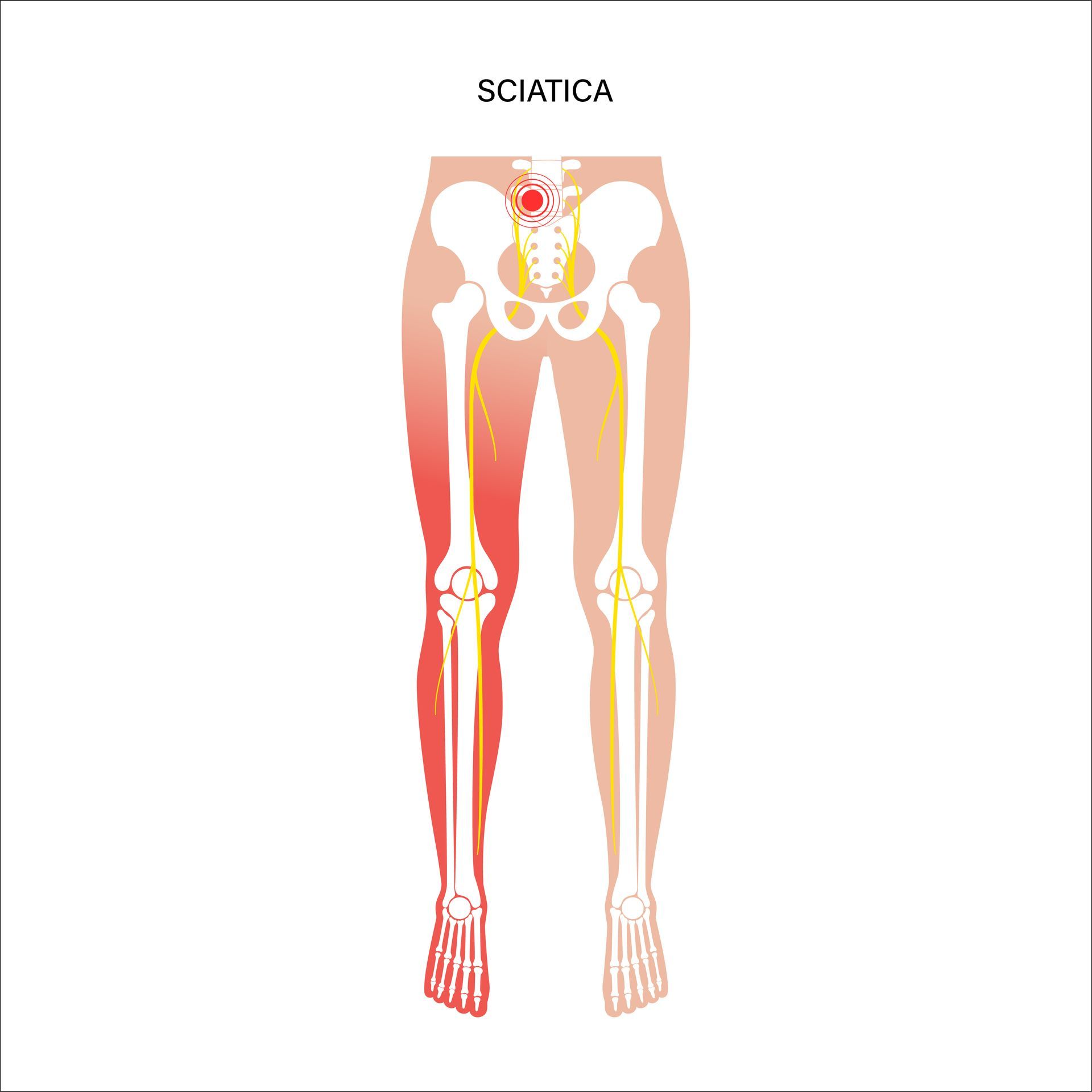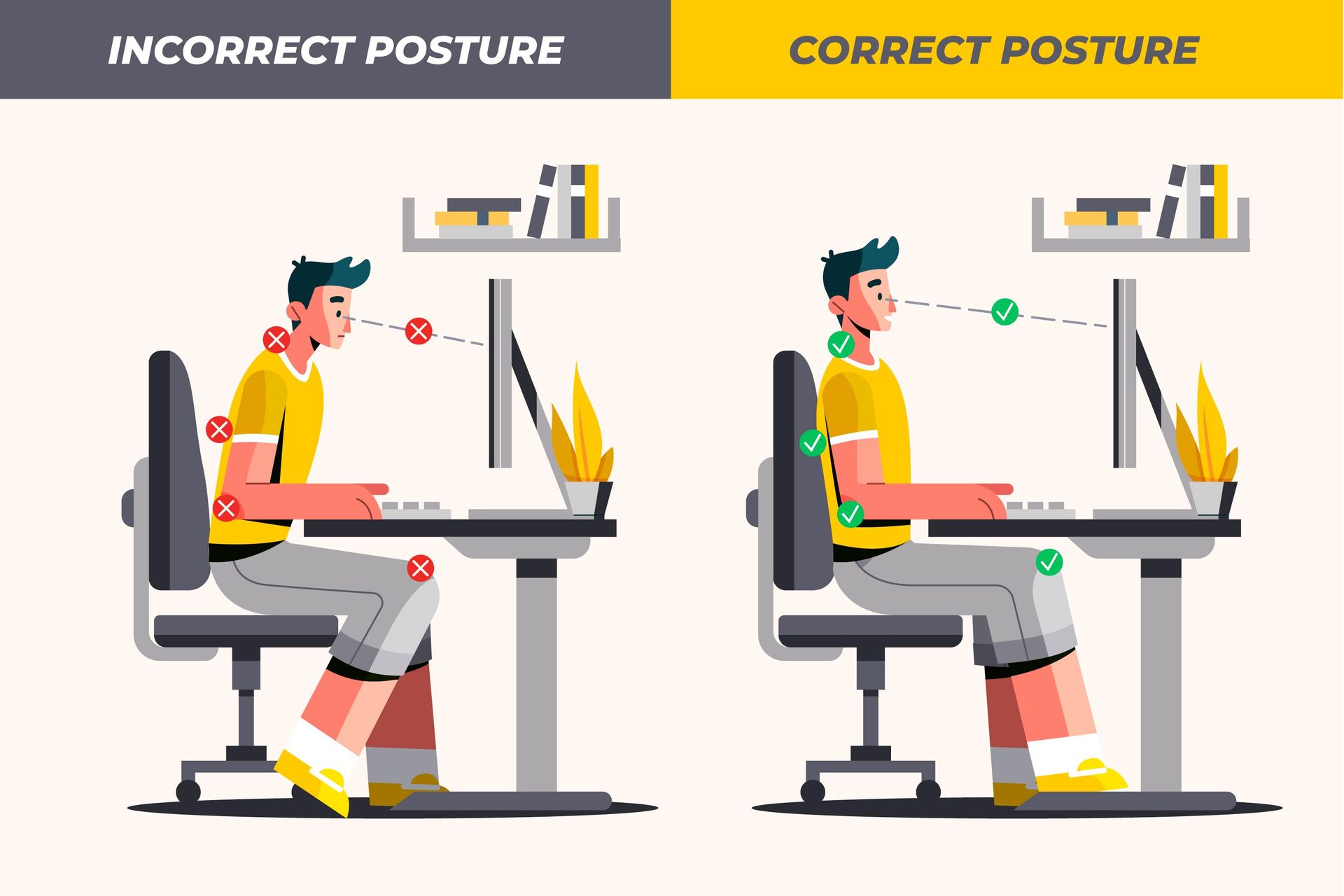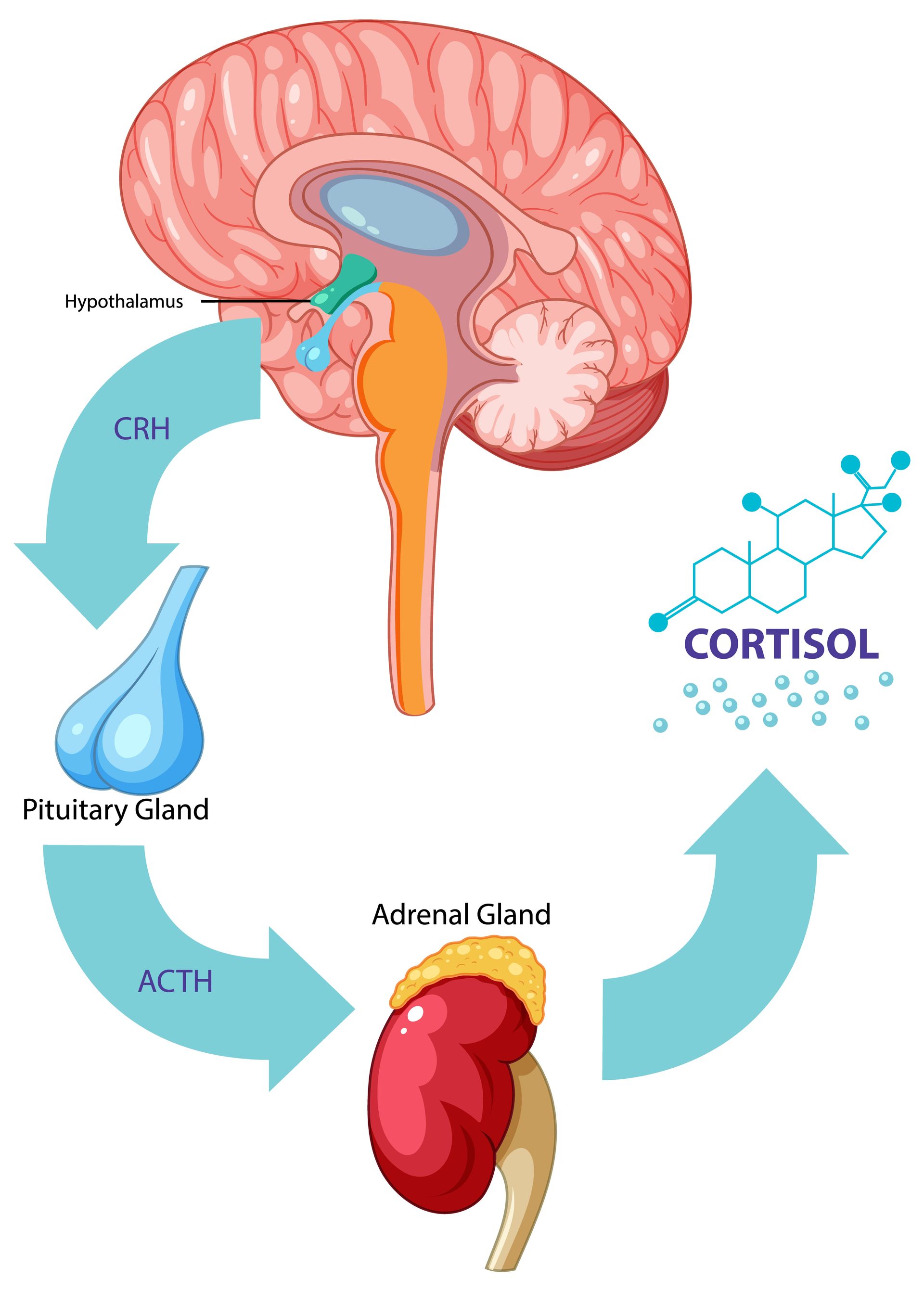Unlike the health challenges doctors faced in the past (mostly due to infectious diseases), our current health epidemics are the chronic diseases of aging, diabetes, heart disease and obesity – epidemics fueled by the one-two punch of free-radical damage to cells and chronic, systemic inflammation.
Inflammation – The First Great Threat to Wellness
Inflammation is a natural part of the body’s defense system, particularly against acute injury and infection. However, there are times when the appropriate immune response to “shut down” is disrupted and the patient’s immune system doesn’t get the word. In fact, it does just the opposite, forcing the patient to suddenly, without notice, transform into a state of chronic inflammation.
This new state can easily be evidenced by any doctor who is on the lookout for the typical host of inflammatory changes that take place; and can be confirmed by performing a few non-invasive chronic inflammation marker tests. These non-invasive measurements can be readily used in clinical practice to get an impression of a patient’s potential for chronic inflammation and pain.
Chronic inflammation is a totally different type of condition that requires a totally different treatment protocol. The emerging interpretation is that chronic inflammation leads to pain chronicity because the associated non-resolving systemic inflammation promotes pain in injured musculoskeletal tissues and prevents healing and pain resolution. When the immune system shifts into a chronic state of inflammation, this begins the process considered by established research throughout the world as the major factor in the initiation of most of the recognized chronic health diseases.
Free Radicals – The Second Great Threat to Wellness
Free radicals are the other great threat, causing a condition known as oxidation or oxidative stress. Oxidative stress is defined as having more free radicals that antioxidants to neutralize them, contributing to inflammation and tissue damage.
Free radicals only last for a tiny fraction of a second, but they cause serious structural damage. Once a molecule is oxidized by a free radical, it often starts a chain reaction of oxidation until an antioxidant can stop it. Without antioxidants, free radicals would cause so much damage that the cell’s repair systems couldn’t keep up.
Not all antioxidants are created equal. Each one “lives” in a different part of the cell, so a patient needs lots of different ones to get full protection. Antioxidants also need other antioxidants to work properly, so a patient doesn’t get the full benefit if they only have a few.
A good case can be made that health depends on a balance between free radicals, oxidative stress and the body’s antioxidant reserves. Aging and chronic diseases reflect the inability of our antioxidant reserves to cope with oxidative stress over time.
Oxidative stress and chronic, systemic inflammation are intimately connected, each fueling the other. A vicious cycle is created: Inflammation causes free-radical damage and free-radical damage leads to inflammation. The good news is there is a way to build strong antioxidant reserves, quench free radicals and reduce inflammation. A long life without disease is possible.

The Key to Preserving Wellness and Health
The key to recovering from acute and chronic conditions, and preserving our patients’ health and state of wellness, requires both the reduction of inflammation and the prevention of excessive free-radical damage. In other words, we need to consider a two-pronged solution for the two most pressing health needs: comprehensive anti-inflammatory support and comprehensive antioxidant protection for the entire body.
Antioxidants are the body’s defenders against free-radical damage. In the past, patients could generate adequate antioxidants from a healthy diet of fruits and vegetables. However, it is estimated that only 10 percent of the U.S. population consumes even five servings of fruits and vegetables per day. Their nutrient-deficient diets, coupled with ongoing, lifestyle-induced stressors, put patients in desperate need of more antioxidant protection.
The real key is the number of different types of antioxidant; having a variety of phytonutrients so the synergy created is much more beneficial than the sum of the parts in counteracting the problems associated with free radicals and inflammation. The most important treatment recommendation is focusing on the dual solution of offering anti-inflammatory support and antioxidant protection to help comprehensively improve our patients’ natural defenses and make staying well easier.
Article originally posted on the Dynamic Chiropractic website and has been edited for length.
